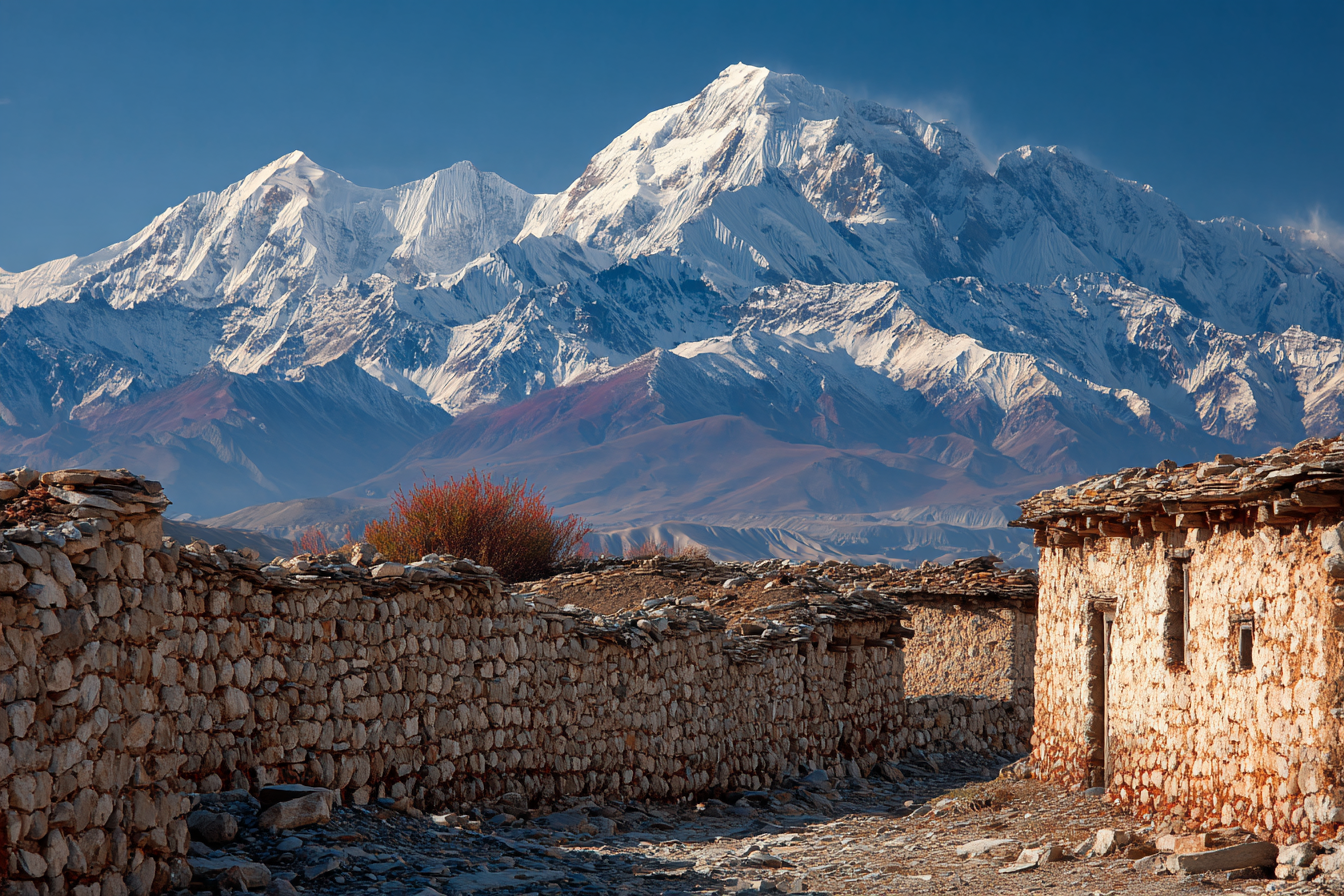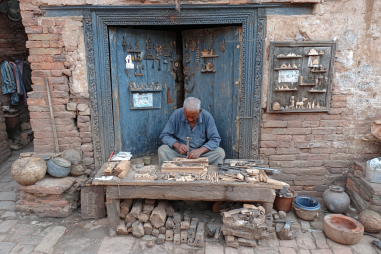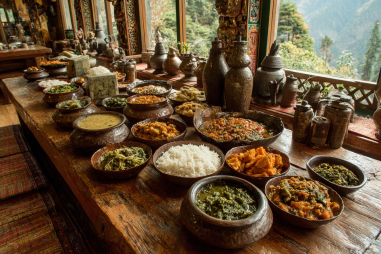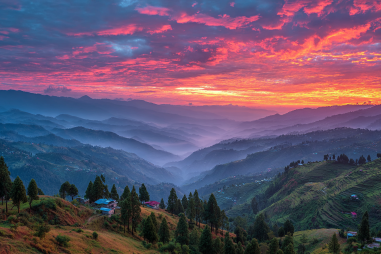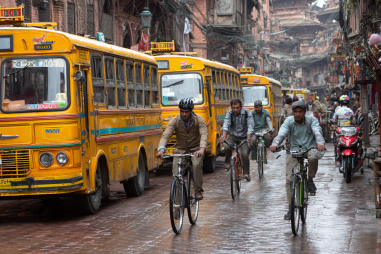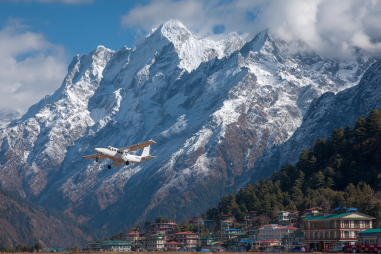The Mustang region, a captivating and mysterious part of Nepal, beckons travelers with its ancient culture, dramatic landscapes, and unique Tibetan influences. Accessible primarily through the town of Jomsom, this enigmatic Himalayan kingdom offers an unforgettable journey back in time. Whether you are captivated by medieval walled cities, vast desert-like plateaus, or sacred monasteries, the Mustang area holds a treasure trove of experiences for adventurous souls. This guide will help you explore the ins and outs of a Jomsom Mustang tour, touching on its key sites, history, travel logistics, and tips to make the most of your trip.
Introduction to the Mustang Region
Mustang, often called the “Last Forbidden Kingdom,” is located in northern Nepal along the border with Tibet. It was once an independent kingdom known as Lo, with a rich cultural heritage that remains remarkably preserved due to its remote location and historical restrictions on foreign access. The region sits high on a plateau surrounded by towering Himalayan peaks and wide arid valleys, creating a uniquely rugged and beautiful environment. Mustang’s landscape is often compared to a miniature Tibetan landscape, with its barren cliffs, deep canyons, and desert-like terrain.
For centuries, Mustang was relatively isolated from the outside world, which has allowed local traditions, language, and architecture to remain intact. The culture is strongly influenced by Tibetan Buddhism, with ancient monasteries, hidden caves, and spiritual relics dotting the landscape. The people of Mustang, primarily ethnic Gurung and Thakali communities, continue to live much as they have for generations, maintaining traditional dress, lifestyles, and festivals.
How Jomsom Serves as a Gateway
Jomsom is the principal entry point to Mustang and serves as a hub for travelers embarking on their journey to explore the Kingdom of Lo. Located at around 2,700 meters (8,860 feet), Jomsom is well connected with regular flights from Pokhara, making it the easiest way to access the region. The town itself is a bustling market center that caters to trekking groups and jeep tour operators. From here, travelers can begin trekking or jeep expeditions deeper into Mustang.
Jomsom’s strategic location along the Kali Gandaki River valley provides beautiful panoramic views of massive Himalayan peaks like Dhaulagiri and Nilgiri. The town is also home to several accommodations, restaurants, and shops, allowing visitors to acclimatize and prepare for their adventure ahead. Since Mustang requires special trekking permits, Jomsom often acts as the administrative point for securing these important documents.
Key Destinations in Mustang: Lo Manthang, Caves, and Monasteries
The heart of Mustang is the walled city of Lo Manthang, a medieval town that was once the royal capital of the Lo Kingdom. Founded in the 15th century, Lo Manthang is famous for its ancient fortified walls, narrow alleys, traditional mud-brick houses, and vibrant local culture. Walking through its quiet streets feels like stepping back into a different era, where monks in saffron robes pass by centuries-old monasteries and local residents trade in the bustling bazaar.
Apart from Lo Manthang, there are several notable sites to explore, including:
- Caves of Mustang: Hidden in the cliffs surrounding villages are ancient caves carved into the rock. Some caves were used as meditation retreats by monks, while others served as burial sites. These caves contain intriguing murals and artifacts, shedding light on the spiritual practices of the region.
- Samdzong Village and Monasteries: Located just before Lo Manthang, Samdzong is home to important monasteries and caves. The village offers a glimpse into Mustang’s religious life and spectacular views of the surrounding deserts and mountains.
- Chhoser Caves: These caves are a remarkable archaeological site featuring more than ten tiers of rock-cut chambers carved into the cliffs above the Kali Gandaki River. Local legend and art speak to their significance in Mustang’s Buddhist history.
Cultural and Historical Significance
The Mustang region holds immense historical and cultural importance. As a former kingdom, it guarded the trade routes linking Tibet with Nepal and India. Its royal lineage and governance created a unique fusion between Tibetan and Nepalese cultures, evident in art, architecture, and religious life. The protective walls of Lo Manthang, along with its palace and monasteries, reflect a long tradition of independence and spiritual dedication.
Mustang’s preservation of Tibetan Buddhism is notable, with numerous festivals like Tiji, which celebrates spiritual victory over evil with masked dances, drawing locals and foreigners alike. The region’s people are exceptionally welcoming and proud of their heritage, offering visitors insight into ancient traditions, language (Loke Tibetan), and artisan crafts.
Trekking vs. Jeep Tours in Mustang
Exploring Mustang can be done through trekking or jeep tours, each offering different ways to experience the region’s richness.
Trekking
The trek to Mustang requires intermediate to advanced fitness levels due to the high altitude and rugged terrain. Starting usually from Jomsom, trekkers pass through spectacular landscapes featuring river valleys, desert plateaus, and ancient villages on the way to Lo Manthang. Treks generally take 7-10 days depending on the route and weather. This approach offers a more intimate connection with nature and local communities and provides opportunities to visit off-the-beaten-path monasteries, caves, and viewpoints.
Jeep Tours
For those with less time or preference for a less physically demanding option, jeep tours are a fantastic alternative. The rough jeep track from Jomsom to Lo Manthang allows travelers to cover large distances quickly while still enjoying Mustang’s stunning landscapes. Jeep tours can be combined with short hikes to key sites, offering a comfortable yet adventurous experience. However, the road is often bumpy and dusty, so it’s advisable to prepare accordingly.
Permits and Travel Requirements
Traveling in Mustang requires special permits due to its border proximity and cultural sensitivity. Foreign visitors must obtain a Restricted Area Permit (RAP) and a special Mustang trekking permit. These can usually be arranged in Kathmandu or Pokhara before the trip or at the Nepal Tourism Board office in Jomsom. Fees vary depending on the duration of stay and nationality, and a local guide or agency is often mandatory to accompany tourists in Mustang.
It’s important to note that tourist access is typically allowed only between March and November as winter months bring very harsh weather, closing most access routes. Proper altitude acclimatization is essential since Mustang’s terrain lies between 2,800 and over 4,000 meters above sea level.
Wildlife and Nature Highlights
Despite its desert-like appearance, Mustang’s environment is home to fascinating wildlife perfectly adapted to high-altitude, arid conditions. Bird watchers can spot rare species such as the lammergeier (bearded vulture), Himalayan griffon, and golden eagles soaring high above the valleys. The region also hosts elusive mammals like the blue sheep, Himalayan wolf, and snow leopard—though sightings are rare and require patience.
The Kali Gandaki Gorge, one of the deepest river gorges in the world, presents dramatic geological formations that captivate nature lovers. Springtime blooms of wildflowers and the stark beauty of the red sandstone cliffs add to Mustang’s distinctive natural charm.
Tips for Exploring Mustang Safely
- Acclimatize Properly: Spend a day or two in Jomsom or nearby areas to adjust to the altitude before deeper travel.
- Hire a Guide: Local guides enrich your experience with cultural insights and help navigate permits and trails.
- Pack Appropriate Gear: Weather can vary drastically. Bring layers, sun protection, and sturdy trekking boots.
- Respect Local Customs: Mustang is culturally sensitive; dress modestly and ask permission before photographing locals or religious sites.
- Beware of Altitude Sickness: Drink plenty of water and recognize symptoms early to prevent health issues.
- Plan Your Trip Seasonally: March to November offers the best weather, avoid winter due to cold and road closure.
Following these tips will ensure your Mustang tour is enjoyable, respectful, and safe.
Experiencing Mustang’s Unique Allure
A Jomsom Mustang tour is more than just a travel experience—it is a journey into a realm where time seems to have stood still. From the ancient fortress city of Lo Manthang to the mystical caves and serene monasteries, every step uncovers layers of history, spirituality, and natural beauty. Whether trekking across expansive plateaus or riding in rugged jeeps through winding mountain roads, Mustang captivates with its raw landscapes and deep cultural roots.
Exploring Mustang offers a rare chance to witness one of the world’s last Himalayan kingdoms, where Tibetan traditions persist in harmony with breathtaking geography. For anyone seeking adventure and cultural immersion beyond the typical travel path, Mustang’s ancient kingdom welcomes you with open arms and timeless stories.

